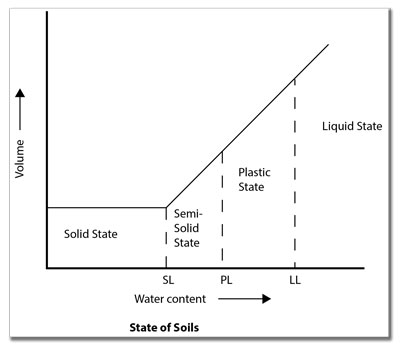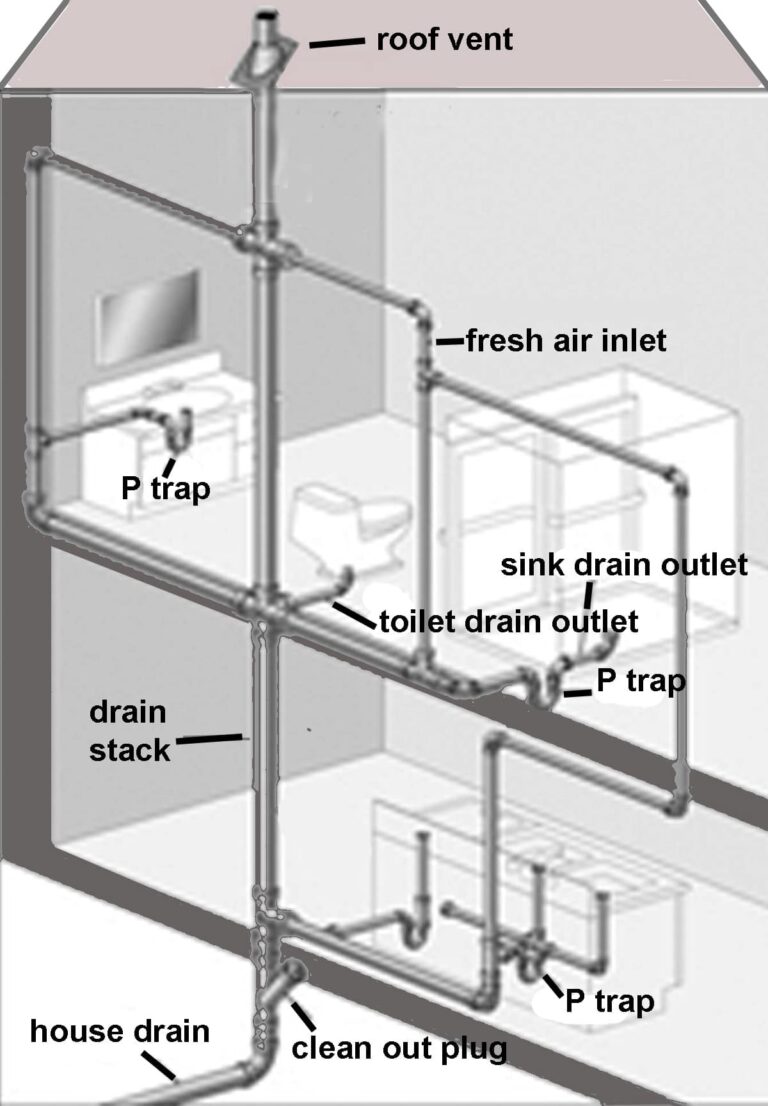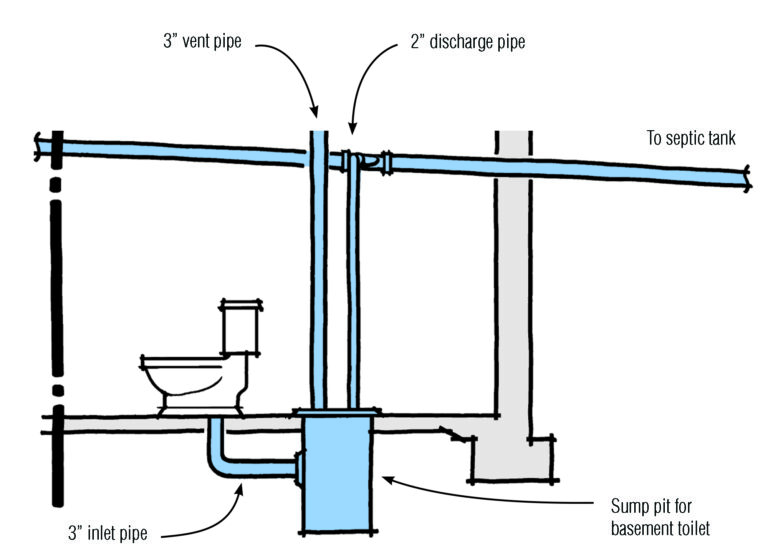What Is The Liquid Limit Of Soil (LLS)?
The liquid limit of soil is a measure of the moisture content of a soil sample at which the soil changes from a plastic state to a liquid state. It is expressed as a percentage of the wet weight of the soil sample and is used to classify soils according to their plasticity. The liquid limit is an important property for assessing the engineering characteristics of a soil and is used in the design of embankments, foundations, and other structures. The liquid limit is determined by performing a special laboratory test known as the Casagrande test.
Definition of Liquid Limit
The liquid limit refers to the moisture content at which a soil changes from a plastic to a liquid state. It is an important index for evaluating the engineering properties of a soil, and is used to determine when a soil can be used for engineering purposes. It is an important factor in predicting soil behavior when subjected to load and shear forces. The test used to evaluate the liquid limit is known as the Casagrande Method. The value for the liquid limit, or the moisture content at which the soil changes from a plastic to a liquid state, is expressed as a percentage of the mass of the soil sample. The liquid limit is a measure of the maximum amount of water that can be added to a soil before it becomes too saturated and loses its strength. In general, soils with higher liquid limits tend to be more cohesive and have higher plasticity than those with a lower liquid limit. Understanding the liquid limit is important for engineering purposes, as it enables engineers to better predict the behavior of soils under load and shear forces.
Types of Soil and Liquid Limit
Soil is an essential part of many everyday activities, and its physical properties can have a major impact on the way in which it is used. One of the most important of these properties is the liquid limit, which is a measure of the amount of moisture in soil before it begins to change its behavior. Knowing the liquid limit can help engineers and contractors plan for projects, so it is important to understand what it is and how it is measured.
The liquid limit is determined by measuring the amount of water it takes to change its consistency from a solid to a semi-solid state. This is done by testing a sample of soil in a laboratory and measuring the force it takes to force a groove into it. This is known as the Atterberg Limit Test, and it is used to measure the liquid limit, plastic limit, and shrinkage limit of the soil.
The liquid limit is expressed as a percentage, and it can vary greatly from one soil type to the next. Sand and silt soils tend to have low liquid limits, while clay and loam soils have higher liquid limits. Knowing the liquid limit of a soil can be crucial for planning construction projects, as it can help determine the amount of water that needs to be added to the soil in order to achieve the desired consistency. It can also be used to assess the potential for erosion and settlement of the soil.
Overall, the liquid limit is an important property to consider when planning a construction project. It can help ensure that the soil is suitable for the task at hand, and it can help prevent potential issues from arising due to the soil’s properties. Knowing the liquid limit is essential for ensuring the success of any project that involves the use of soil.
Testing for Liquid Limit
Testing for the liquid limit of soil is an important part of understanding soil characteristics. The liquid limit of soil is a measure of the amount of water needed to make a soil sample behave as a liquid. This test can help determine the amount of water needed to make a soil sample suitable for construction or other activities. The liquid limit of soil is usually determined by the Casagrande Method, which involves a standardized cup-and-spoon device. During the test, the soil sample is placed in the cup and the spoon is used to stir and mix the soil with water until a certain consistency is achieved. Once the desired consistency is reached, the cup is tipped and the number of blows required to release the soil from the spoon is recorded. This number is then used to determine the liquid limit of the soil. Understanding the liquid limit of soil is important for a variety of applications, such as determining the soil’s suitability for construction, knowing its bearing capacity, and understanding its slope stability. It is also helpful in determining the soil’s susceptibility to damage due to excessive moisture or flooding. Knowing the liquid limit of soil can help engineers and contractors make better-informed decisions when planning and constructing projects.

Factors Affecting Liquid Limit
Soil’s liquid limit is an important measure of its physical properties, as it determines its ability to be compacted and its ability to transmit water. The liquid limit is the moisture content at which soil passes from a plastic to a liquid state. But what is the liquid limit and what factors affect it?
The liquid limit is determined by a laboratory test, in which a standard amount of soil is mixed with a standard amount of water. The water content is then incrementally increased until the soil reaches a plastic state. The liquid limit is the water content at which this occurs.
The liquid limit is affected by various factors, such as its composition, mineralogy, and particle size. Soils with a larger proportion of clay particles will have a higher liquid limit, while soils with a larger proportion of silt particles will have a lower liquid limit. In addition, different types of clay minerals, such as kaolinite and illite, will also affect the liquid limit.
Other factors such as compaction and the presence of organic matter can also affect the liquid limit. Compaction increases the mass of soil particles and reduces their size, resulting in an increase in the liquid limit. The presence of organic matter can affect the liquid limit by increasing the amount of water held in the soil.
In summary, the liquid limit is an important measure of its physical properties and is determined in a laboratory test. The liquid limit is affected by various factors such as soil composition, mineralogy, particle size, compaction, and the presence of organic matter. Understanding these factors can help to better predict the behavior of soils in the field.
Practical Applications of Liquid Limit
Soil mechanics is an important area of civil engineering which deals with the behavior of soils and its applications in construction. The liquid limit (LL) of a soil is an important property which is used to determine the engineering behavior of soils. It is used to classify soils into different groups according to their behavior. Understanding the liquid limit is crucial for designing and constructing foundations and other structures.
The liquid limit is the moisture content at which the soil changes from a semi-solid state to a liquid state. It is one of the most important properties of a soil as it influences the engineering behavior of the soil. It is used to determine the shear strength of a soil, which is important for designing and constructing foundations and other structures.
The liquid limit of a soil is also used to determine the shrinkage limit and the plasticity index of a soil. The shrinkage limit is the amount of moisture in which a soil can shrink without cracking, while the plasticity index is the difference between the liquid limit and the plastic limit of a soil. Knowing the liquid limit of a soil helps engineers design and construct foundations and other structures in a safe and stable manner.
The liquid limit of a soil is a crucial property which is used in civil engineering to determine the shear strength of a soil, shrinkage limit, and plasticity index. Knowing the liquid limit of a soil is important for engineers designing and constructing foundations and other structures.
FAQs About the What Is The Liquid Limit?
Q1: What is the liquid limit?
A1: The liquid limit is the moisture content at which a soil changes from a semi-solid state to a liquid state when a standard amount of energy is applied.
Q2: How is the liquid limit determined?
A2: The liquid limit is determined using a standard laboratory test in which a soil sample is placed in a special cup and a metal spatula is used to apply a standard amount of energy to the sample. The moisture content at which the soil changes from a semi-solid to a liquid state is then determined.
Q3: What is the significance of the liquid limit?
A3: The liquid limit is important because it affects the physical properties of soil and has implications for engineering and construction. The liquid limit is used to determine the soil’s plasticity, which is a measure of its ability to deform without breaking.
Conclusion
The liquid limit is an important physical property that can be used to determine the engineering properties of a soil. It is determined by measuring the water content at which the soil starts to behave like a liquid when subjected to a standard amount of shear force. The liquid limit is important for determining the shrink-swell potential of soils, as well as the engineering properties of the soil. Knowing the liquid limit can help engineers and planners to make informed decisions about the design of structures, the construction of roads, and the placement of foundations.







